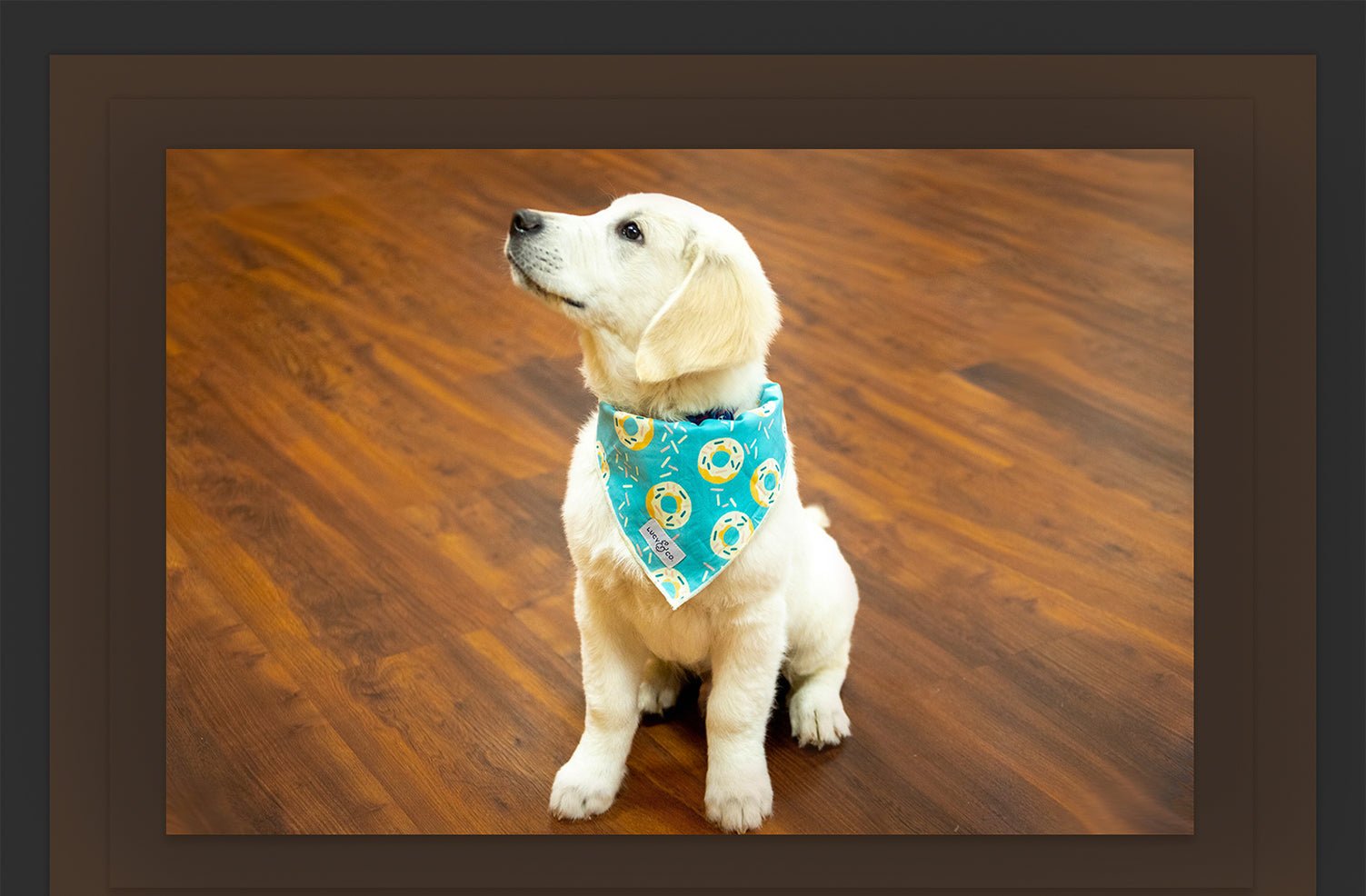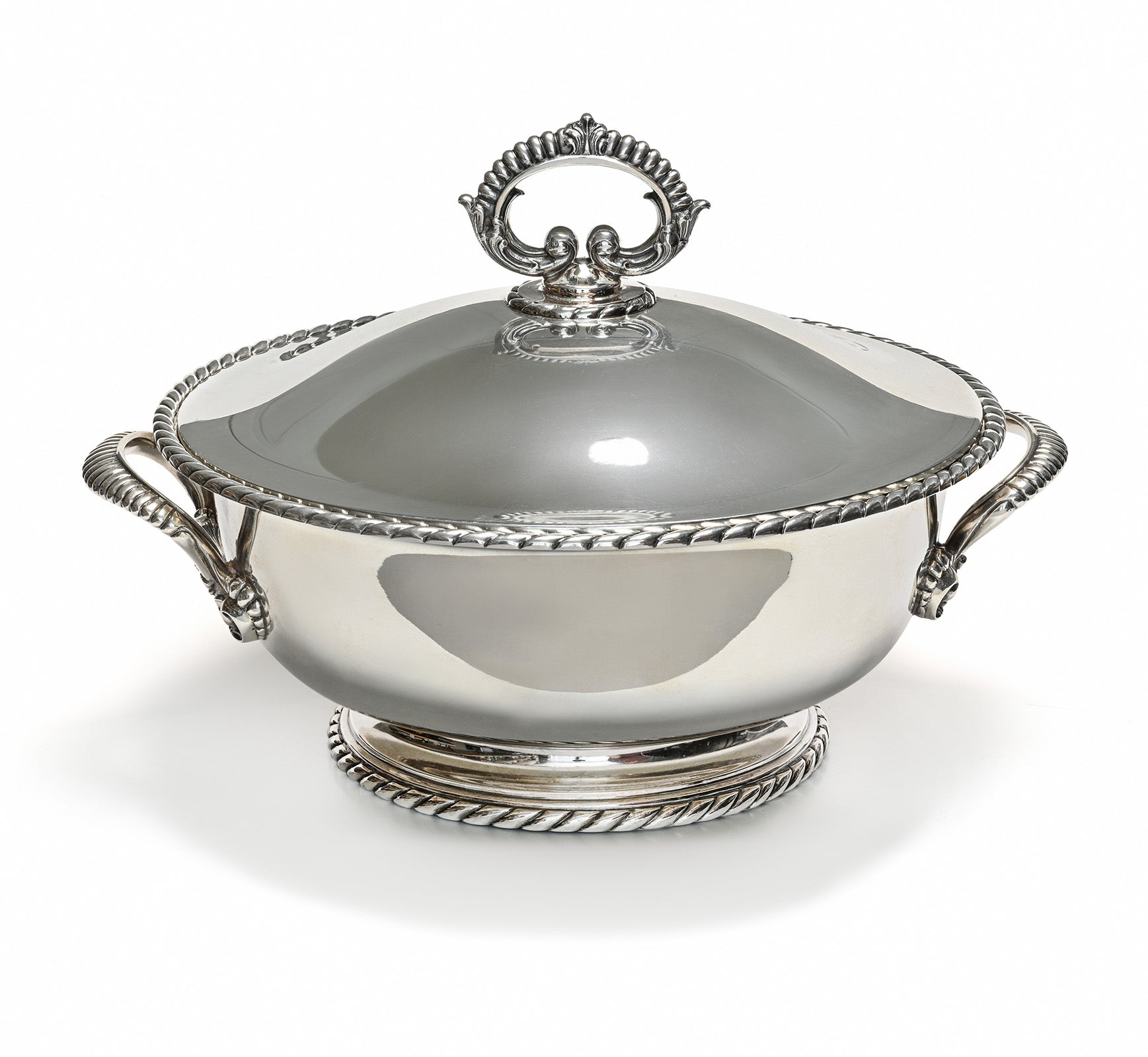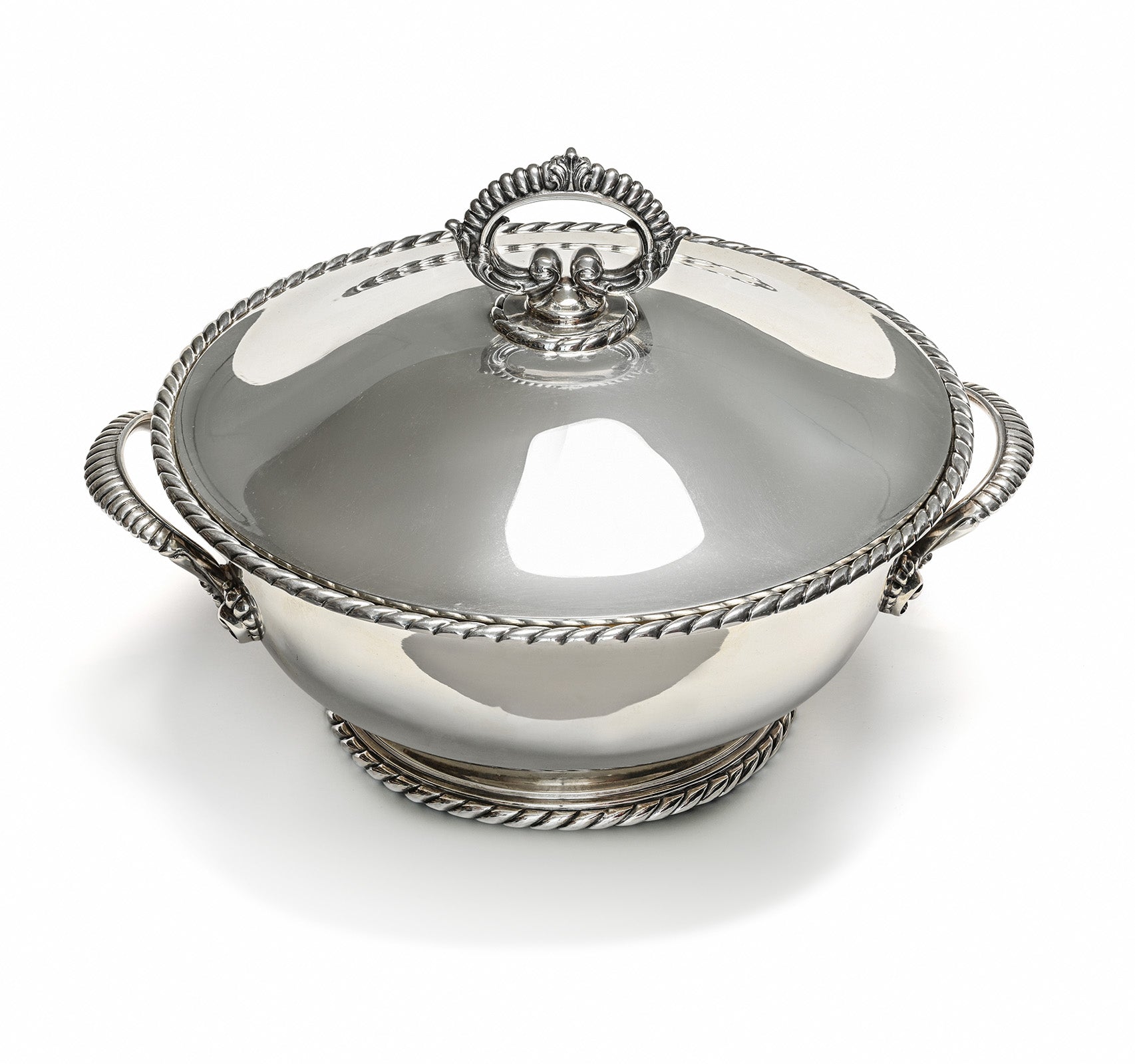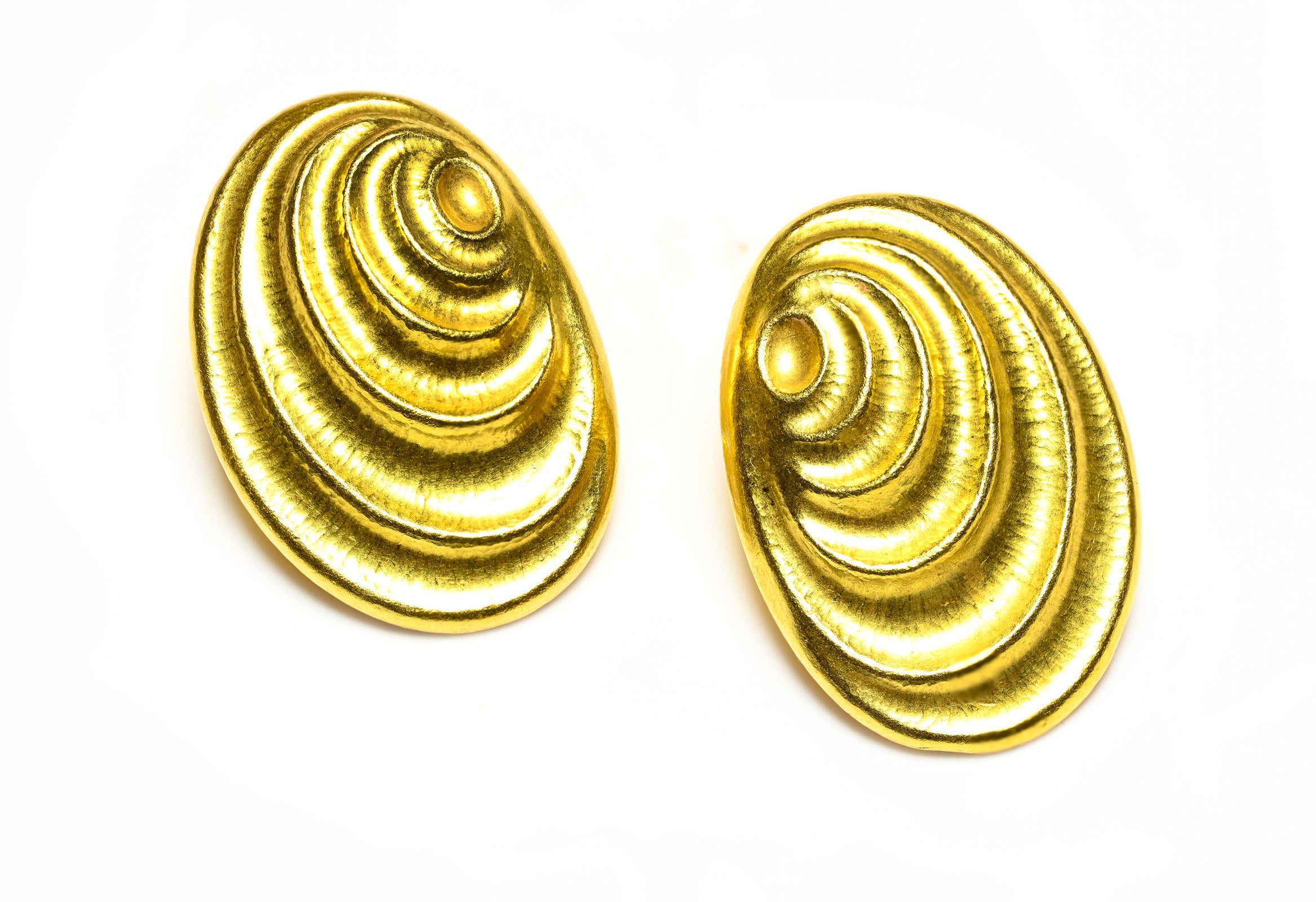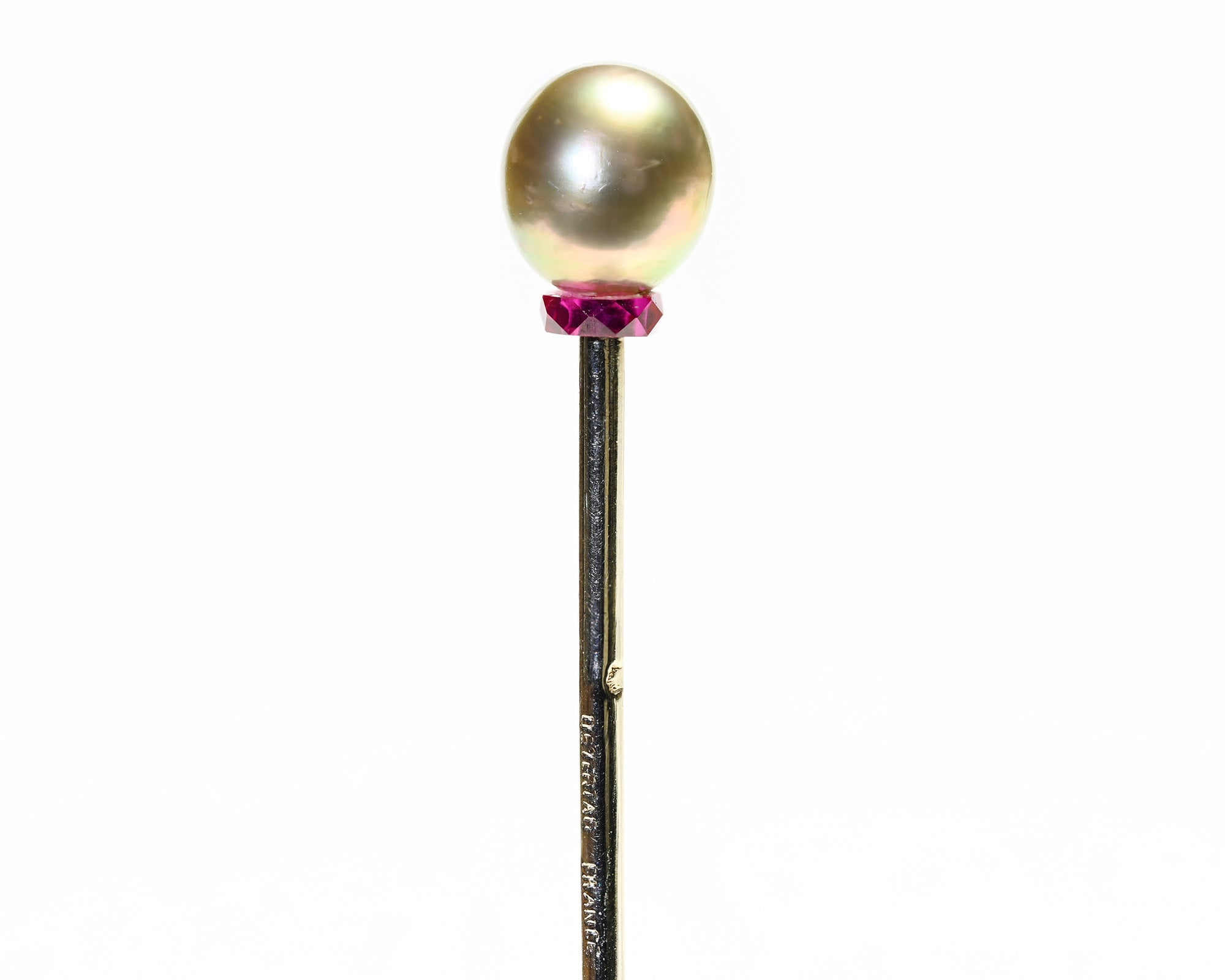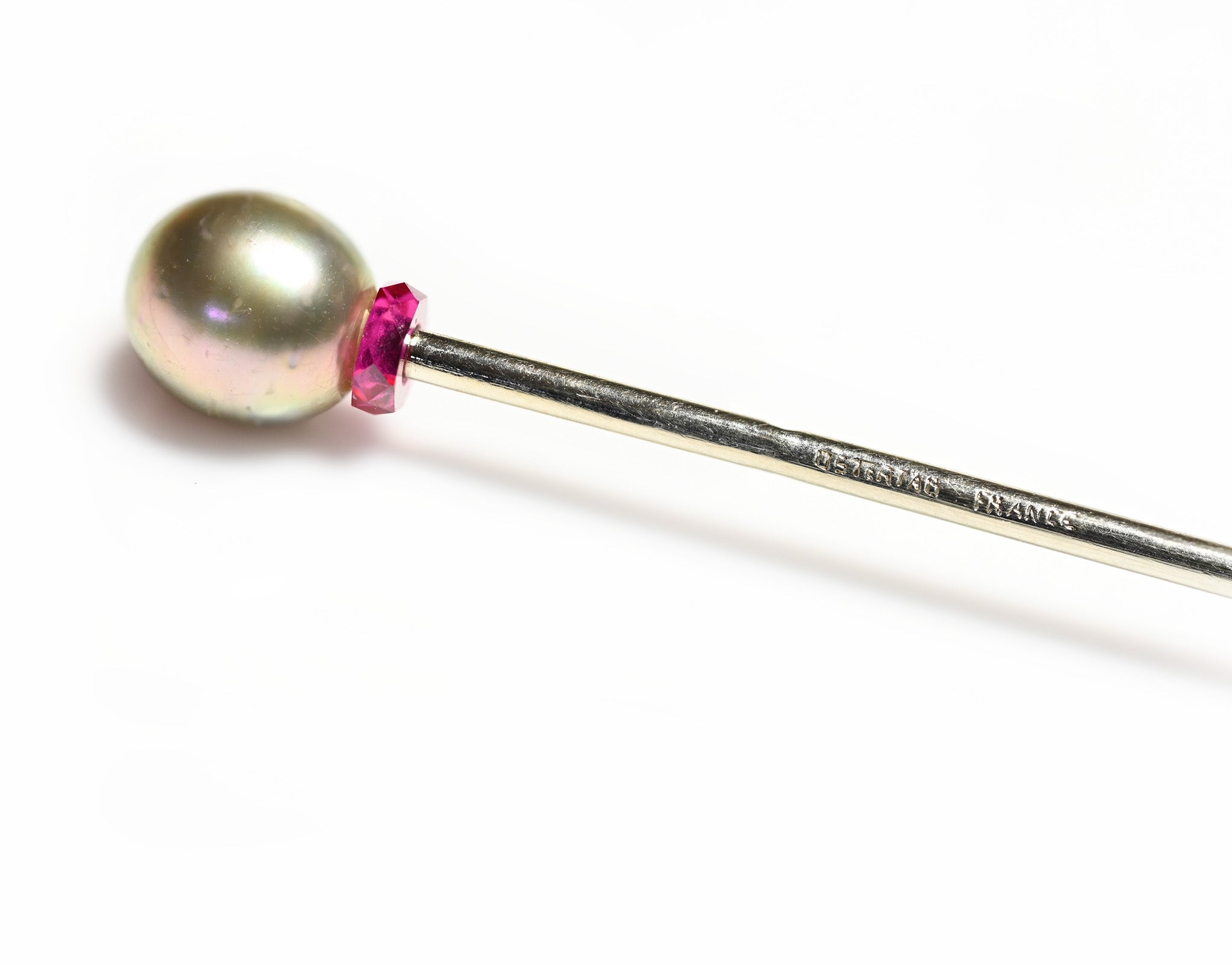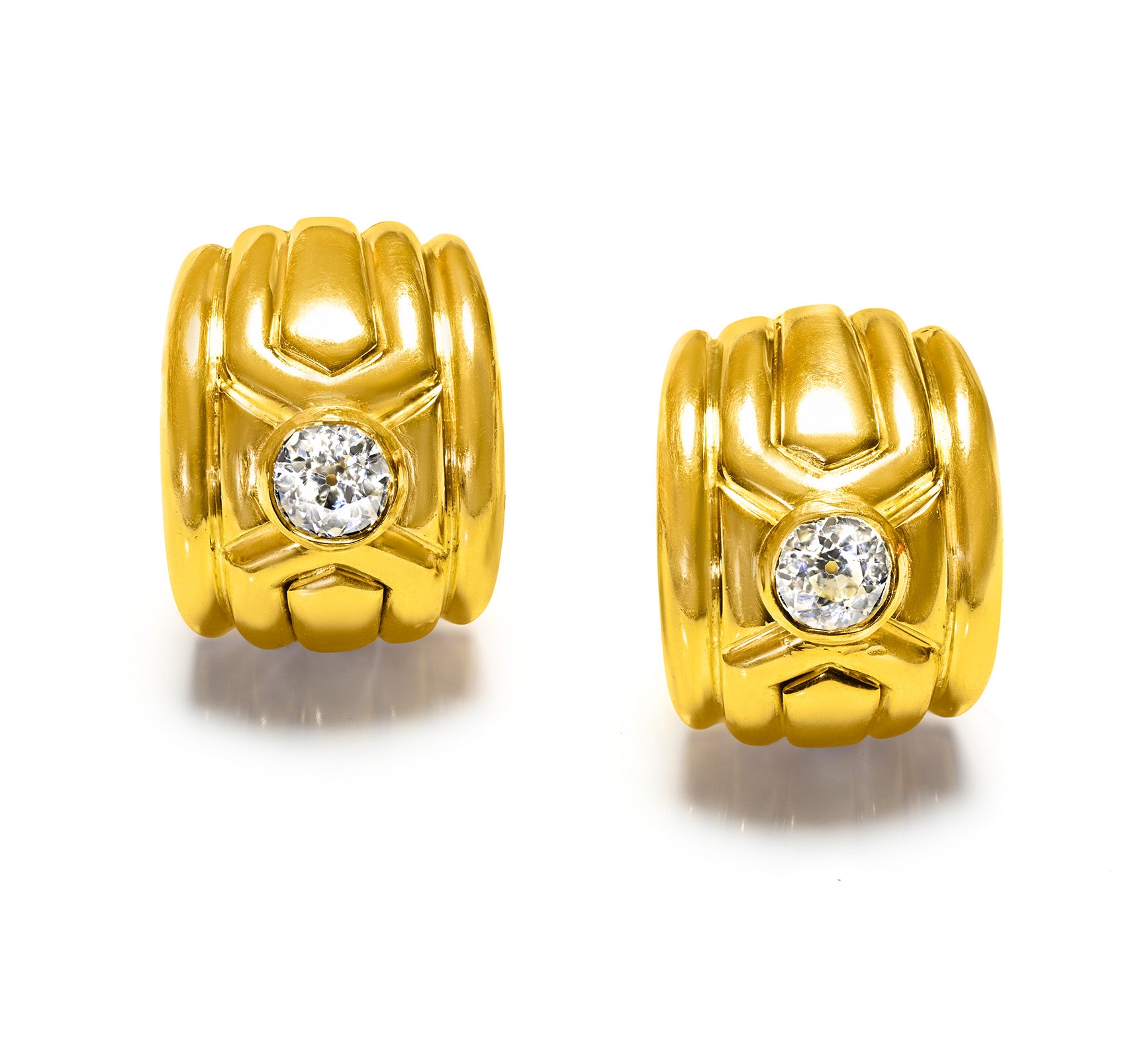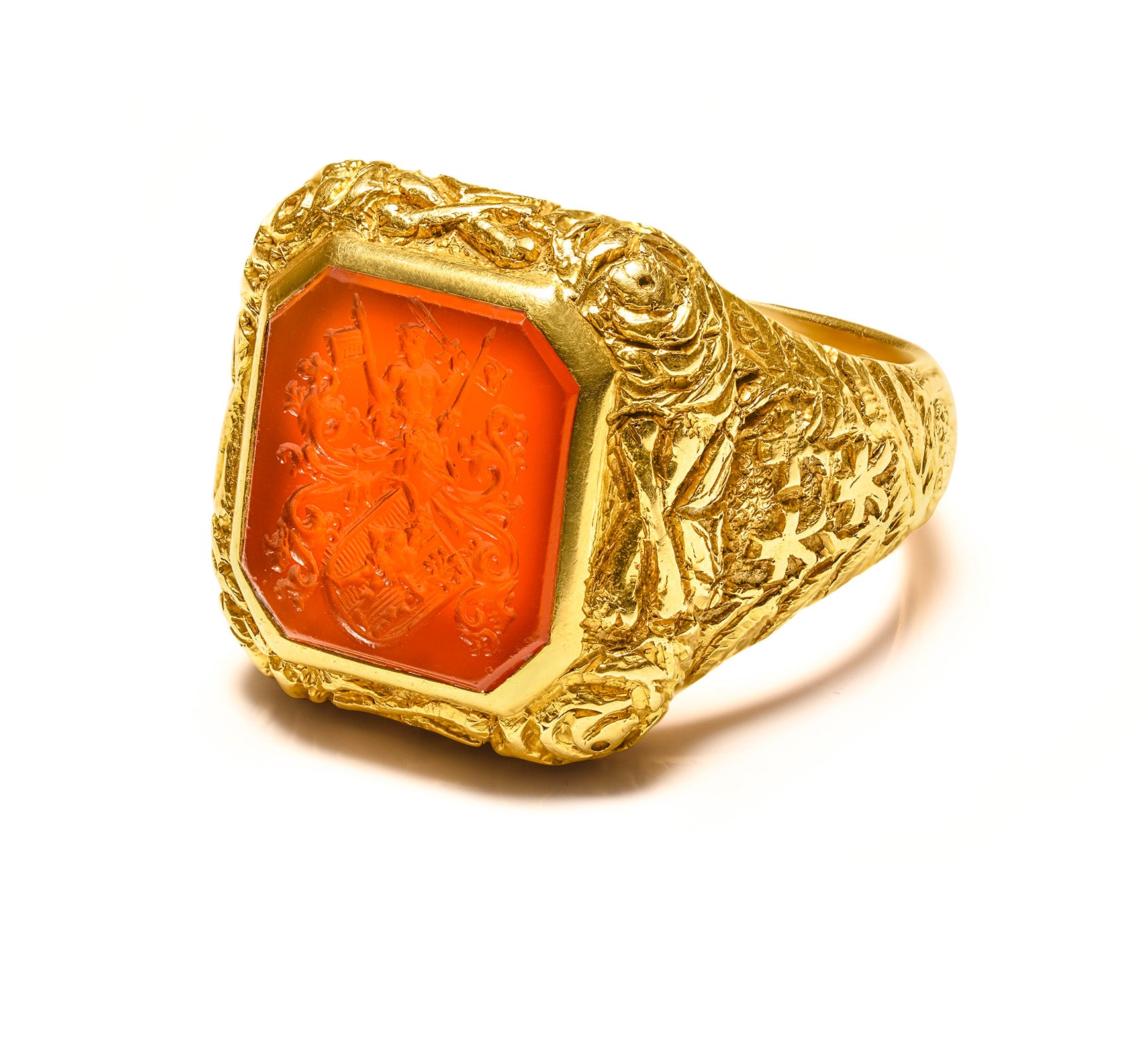
How To Get Rid Of Anxiety And Depression: A Simple Method You Can Use Anytime
The method is simple and consists of taking a break from social networks for at least a week.
For some study participants, this meant freeing up around nine hours per week, which they would otherwise have spent scrolling Instagram, Facebook, Twitter, and TikTok.
The results of the study published in the American journal Cyberpsychology, Behavior and Social Networking show that a social media break for just a week has significantly improved people's well-being, greatly reducing the symptoms of depression and anxiety.
For the study, the team of researchers selected 154 people between the ages of 18 and 72 who used social networks every day, into either an intervention group, where they were asked to stop using all social media for one week or a control group, where they could continue scrolling as normal.
At the beginning of the study, participants were tested for anxiety, depression, and well-being. People reported that they spent an average of 8-9 hours a week on social networks.
One week later, participants who were asked to take a break had significant improvements in well-being, depression, and anxiety than those who continued to use social media, which suggests the break led to a short-term benefit.
"Scrolling social media is so ubiquitous that many of us do it almost without thinking from the moment we wake up to when we close our eyes at night.
We know that social media usage is huge and that there are increasing concerns about its mental health effects, so with this study, we wanted to see whether simply asking people to take a week’s break could yield mental health benefits.
Many of our participants reported positive effects from being off social media with improved mood and less anxiety overall. This suggests that even just a small break can have an impact," said Dr. Jeff Lambert of Bath University.
After these encouraging results, the research team now wants to continue the study in this area to see whether taking a short break can help different populations (e.g., younger people or people with physical and mental health conditions).
The team also wants to follow people up for longer than one week, to see if the benefits last over time.

